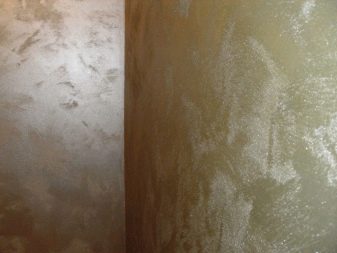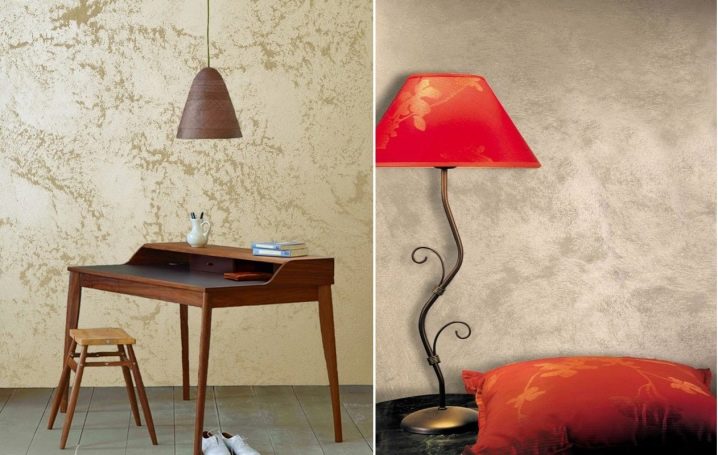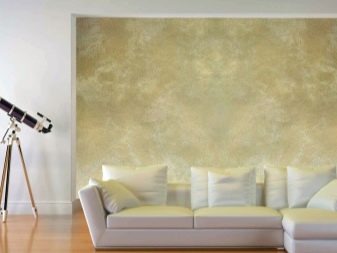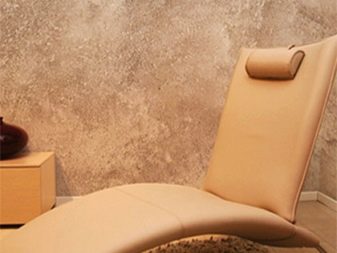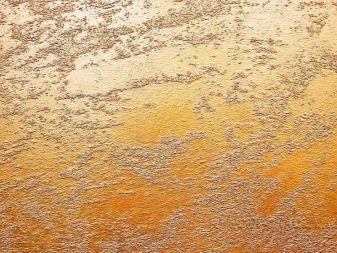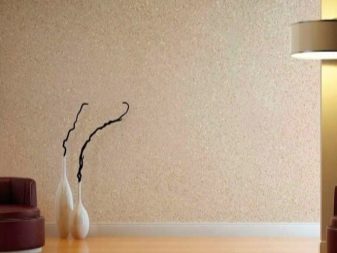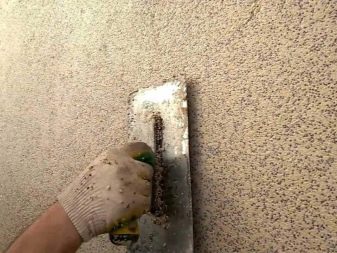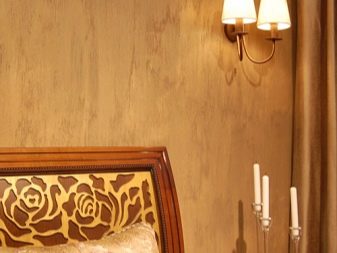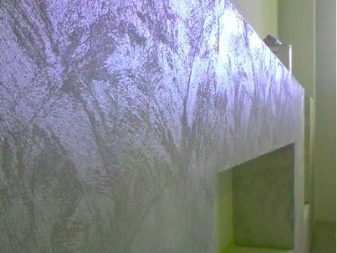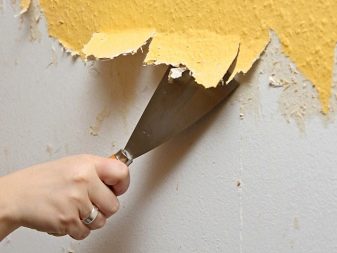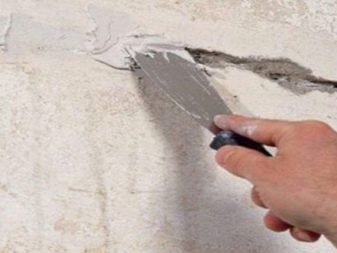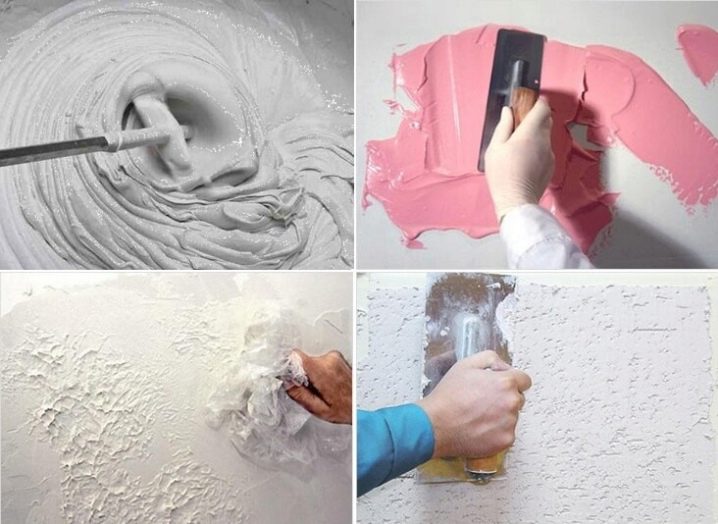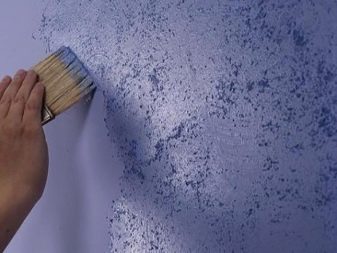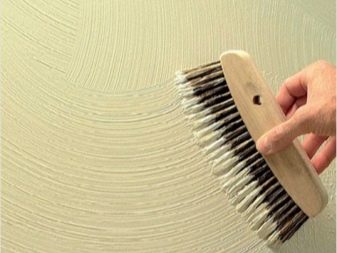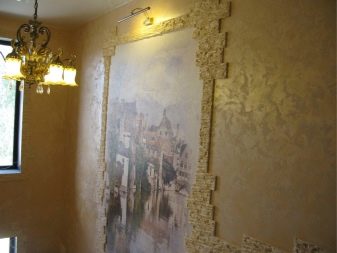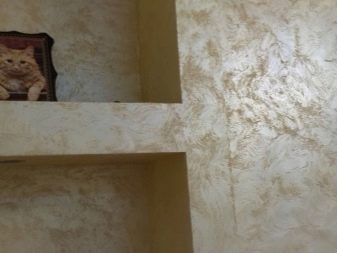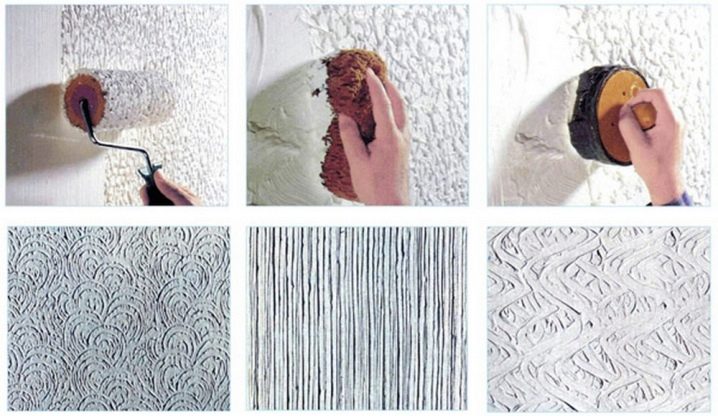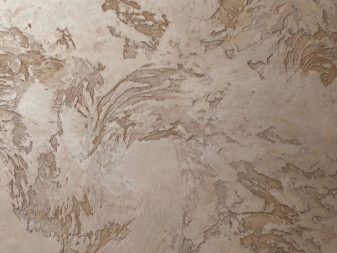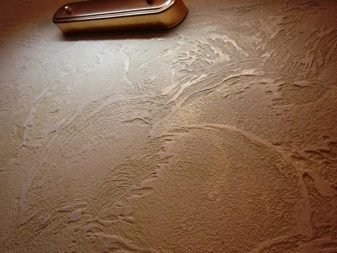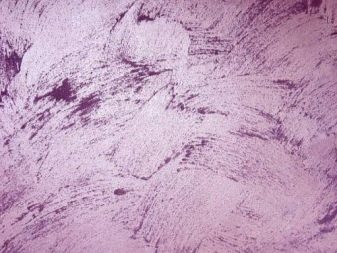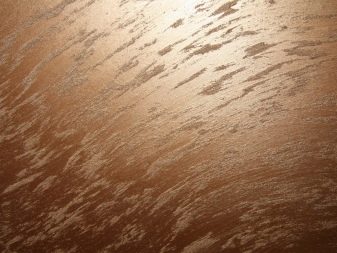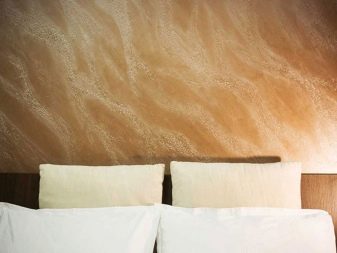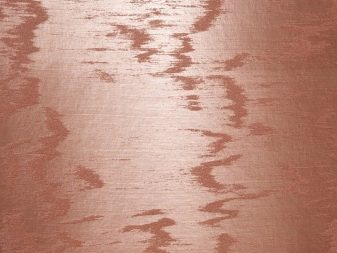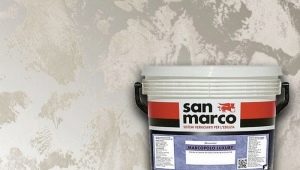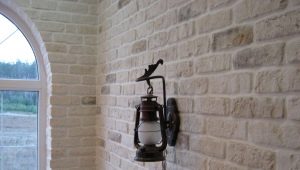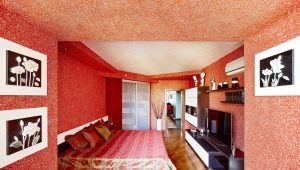Decorative plaster "sand": the pros and cons
Decorative plaster recently is one of the most popular materials for finishing of premises. If a couple of decades ago, plaster was considered not the most aesthetic material, today, thanks to the addition of various additional components, it can look very stylish and easily become a good design element in almost any style. One of the most popular options for such a finish is sand plaster.
Special features
Plaster "sand" is sandy, not only in its name, but in its essence: sand, quartz or river, in its composition is really present. Often, not only sand itself is added to an ordinary mixture, but also small fragments of natural shells, glitter and other reflective additives that will allow the finished surfaces to shine, not at all resembling the classic plastered walls.
As a rule, decorative sand "plaster" is used indoors, and only in some cases its use on surfaces under the open sky is admissible. For exterior decoration, the mixture should contain special protective additives, which significantly increases the cost of the already not the cheapest material, and the size of the walls on the street usually force the owners to abandon this idea.
Plaster type "sand" is divided into two main varieties: mother-of-pearl and matte. The first one has a characteristic ebb, since all the above-mentioned additives, which are necessary for a noticeable reflection of light, are usually added to it. Matte is more like walls made of sandstone, but in the conditions of an apartment, such a facing stone is both inconvenient and expensive to use, but plaster will be cheaper and easy to install, and in appearance it will not differ much.
Advantages and disadvantages
Extensive use of decorative plaster for interior decoration in recent years is no coincidence: Such a solution has a number of advantages that literally force you to make your choice in favor of this material.
- Durability and the ability for a long time not to lose attractiveness. Experts say that this repair removes all questions regarding the design of the room for at least ten years. A rather old coating at the same time looks almost the same as a new one: it does not fade and does not tarnish even under the influence of direct sunlight.
- In plaster "sand" there is no synthetic material - this mixture is completely natural. All its components are completely safe for human health, which allows its use even in the nursery.
- Variety of colors. Contrary to its name, this finishing material is not at all limited to the typical “sandy” palette. Modern manufacturers produce a whole rainbow of colors, and the possibility of using artistic effects to create patterns of any shape only increases the cultural value of such repairs.
- Versatility. Decorative plaster itself can serve as several building materials. As befits plaster, it hides any irregularities of the wall, although large cavities still need to be filled with a cheaper mixture.At the same time, the “sand” is also an excellent finishing, which does not have to be additionally painted, because the repaired wall looks already beautiful.
- Mold Protection. A common practice is to add to the composition of the mass of special components that prevent the appearance of mold. Due to this, the atmosphere in the plastered room remains healthy.
- Ease of application. As a rule, self-plastering is a feasible task for everyone, because no special skills are required for this. The whole process is intuitive, besides, there are hundreds of educational videos on the Internet. Problems are possible only if the owner wants to create a very unusual and complex decor in the form of a pattern.
There are drawbacks, of course, too, but there are relatively few of them. First of all, sand plaster is criticized for its high cost, because ordinary plaster, paint, and most types of wallpaper will cost the customer much cheaper. With a relatively high price, such material still cannot be called elitist - it’s still a bit not something that one could fully be proud of.
It is possible to use a sandy finish in high-humidity rooms, but then you need to carefully choose the type of mixture to be sure that water accidentally caught on the wall will not spoil the type of repair.
How to apply?
With all the simplicity of the process it is worth repeating the obvious truths once again, which will save from possible mistakes in the process of plastering. Difficulties when applying really no, but the careful preparation of the walls for someone can be a surprise.
- First of all, the wall is thoroughly cleaned. In this case, even small soils should be removed, since they do not contribute to adhesion. To remove stains use special chemicals and industrial vacuum cleaners. If the base of the wall itself is cracked or looks loose, the damaged areas should be carefully cleaned.
- All significant surface irregularities are sealed with relatively inexpensive gypsum plaster (cement-based analog is not recommended: it dries for too long). Alternatively, acrylic based putty can also be used.
- For greater durability of repair, the wall must be grounded in two layers.What is interesting: instead of a primer, you can use an ordinary water-based paint, but then you have to choose the shade as precisely as possible so that it coincides with the subsequent finishing.
- The purchased mass must be prepared for application. How exactly this needs to be done will be written on the packaging. Usually, the procedure is not difficult: you just need to mix the mass thoroughly, in some cases adding a little more water there.
- Applying the plaster itself to the wall usually takes place with a stiff brush. If, when working with other types of finishes, a stable direction of movement is usually provided for, in this case, it is, on the contrary, not welcome - movements must be chaotic, since this allows creating a complex and unpredictable pattern.
- The application of plaster usually occurs gradually, in pieces of 2-3 square meters, but the next piece should be started before the previous one dries completely - only this way you can hide the joints.
One layer of applied plaster is usually enough. Dry work will be at least a day,However, it is better to fully use the room only after a week to eliminate the chance of accidental grazing of the dry surface.
Creating patterns
Although the patterns in general seem intricate and unpredictable, professionals, of course, know how to get a drawing of a particular type. Those who want to make repairs themselves, also have the right to know.
Sand vortices on the wall - perhaps the most popular motive in modern repair. To obtain this effect, you usually have to plaster the wall in two layers, of which the first is the main one and the second is the decorative wind. The “Storm” is created on the wall with wide cruciform strokes, and for greater entertainment it is recommended to choose for this purpose a plaster of similar, but still somewhat different tones. The dried surface must be polished, because otherwise the finish will be more like dirt than a work of art.
If done correctly, this design will be a good addition to the classic styles.
Sand is associated with so many people with the desert, therefore dunes created with the help of decorative plaster “sand” are also in great demand.To create such an effect, the plaster is applied in the same way as in any other case, but an additional step is expected - the opening of the dried surface with a special mother-of-pearl paste. This mixture increases the brilliance of quartz particles in the plaster, so that the wall seems to be really made of sand.
There are no hard restrictions regarding the use of such an effect in the interior, but it would look particularly impressive in combination with some ethnic style: first of all, with an African or Mexican design of the whole room.
Finally, quite often customers, choosing decorative sand “plaster,” want to get a wall at the exit that would resemble the inlets of ordinary river sand. To create such a design, craftsmen usually resort to a rather simple method: it is sufficient to simply apply a mass to the wall with diagonal movements.
For a detailed workshop on applying decorative sand plaster, see the video below.

